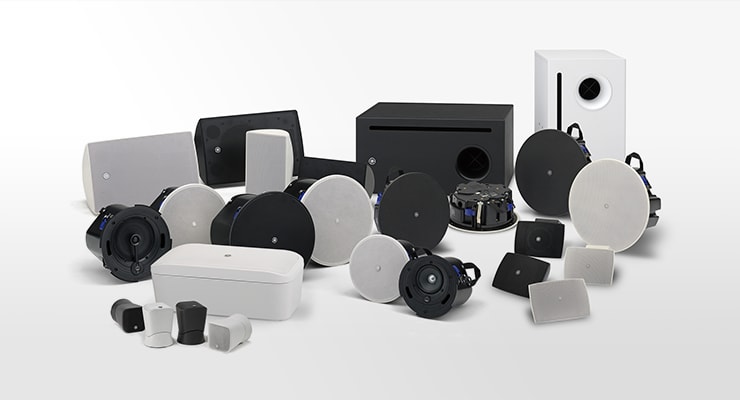While configuring audio-visual systems, the criticality of cabling and signal transmission cannot be overstated. Effective wiring does more than just supports that audio and image quality are retained but also delivers the reliability of the entire system. In any AV arrangement, whether for a learning environment, corporate space, or residential cinema, optimizing the wiring can lead to better performance and reduced technical issues. This article will outline key strategies for improving wiring and interfacing in AV solutions.
The initial step in optimizing AV installations is to determine the right cables for the job. Distinct types of cables fulfill specific purposes, so choosing reliable ones is crucial. For example, HDMI cables are common for carrying high-definition visual and sound signals. In opposition, balanced audio cables like XLR can eliminate distortion in sound systems. It is critical to assess the span and durability of these cables, as longer cables can result in signal loss. By purchasing high-quality cables that match the precise needs of the AV configuration, users can greatly improve overall performance.

Another key strategy is managing the wiring effectively. A neatly arranged wiring system not only seems cleaner but also supports functionality. Using cable management tools like clips, ties, or sleeves can help arrange wires tidy and eliminate tangling. This organization also makes it simpler to troubleshoot any issues that may emerge. Labeling each cable according to its function or origin can website link minimize time during repairs or repairs. A well-labeled layout helps technicians quickly locate connections, which is especially critical in complex systems with numerous devices.
Additionally, assessing the layout of the room is vital for optimizing signal flow. The location of equipment can influence how signals flow through cables. Placing devices too far apart may necessitate longer cables or signal boosters, which can be resource-intensive and affect quality. It is helpful to map out the organization of equipment carefully, taking into account the spacing between devices and potential interferences such as walls or furniture. This strategic placement can reduce issues related to signal loss and improve connectivity throughout the AV system.
Scheduled performance audits are another key strategy for ensuring reliable functionality of AV infrastructure and connectivity. Over time, cables may become worn due broadcast quality audiovisual installations for events to handling or deterioration. Regularly inspecting all connections helps catch potential problems before they worsen into major issues. Swapping out aged cables and maintaining connectors can maintain signal quality and support the system operates smoothly. Keeping a log for periodic maintenance can help users manage this aspect of their AV infrastructure.
Finally, staying informed about emerging technologies and protocols is essential for anyone working with AV setups. The sector is rapidly evolving with advancements in technology that can enhance integration and functionality. Participating in workshops, following industry publications, or joining professional associations can offer insightful information into effective methods and new products available on the market. By embracing these technologies and integrating them to current systems, users can upgrade their AV installations on an ongoing basis while maintaining they remain current with industry trends.
In summary, optimizing wiring and AV performance in AV systems involves careful selection of cables, effective management, strategic space design planning, routine maintenance checks, and keeping informed on emerging technologies. By utilizing these practices, users can achieve improved functionality and stability in their audio-visual setups, ultimately providing a more satisfying experience for everyone participating.